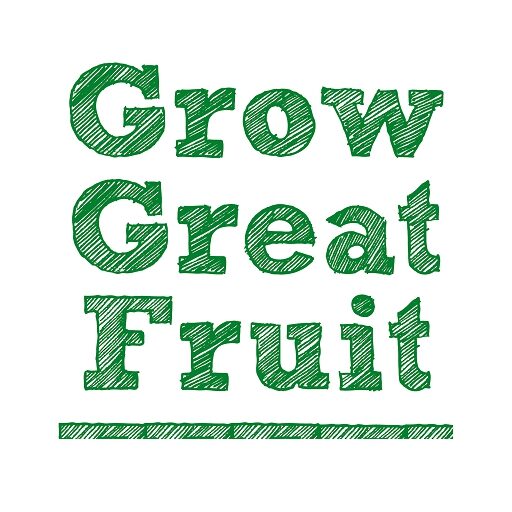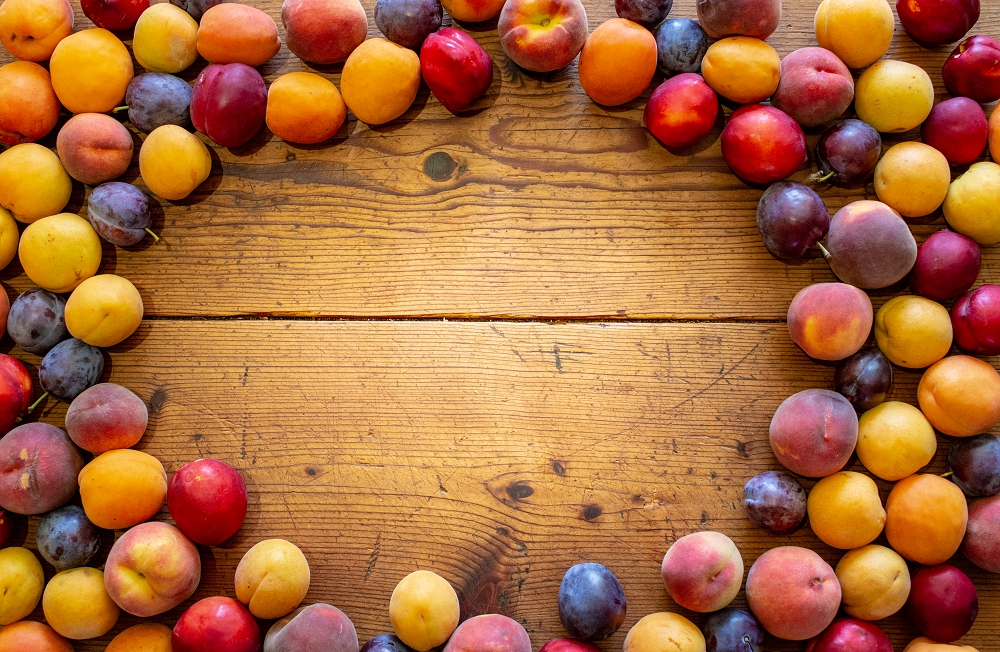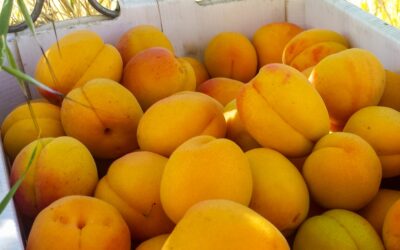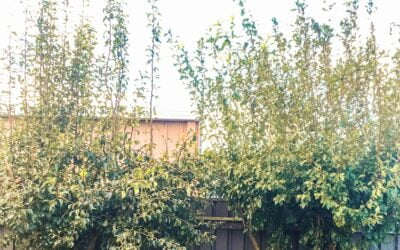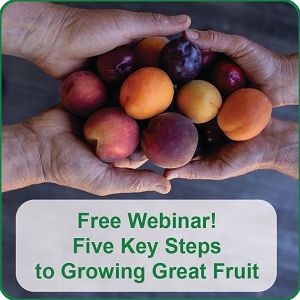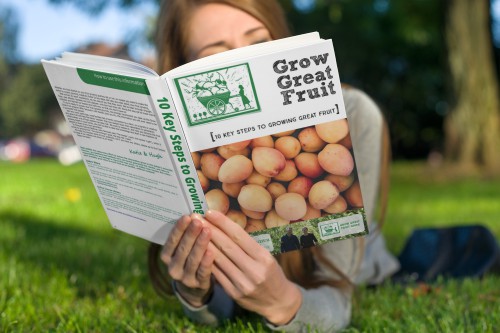Estimated reading time: 6 minutes
Pollination partners for fruit trees are one of those things that most gardeners have heard of, but few really understand! Knowing if your tree needs pollination can be a complete mystery. It’s one of the ‘hidden’ reasons for fruit trees failing to have fruit.
Spring is one of the most important times of year to put on your detective hat in the garden, particularly if you have fruit trees that are a bit of a puzzle to you. For example, if you’ve just moved in, you might not be sure what type of fruit trees are in the garden, or what varieties you have.
It’s very exciting waiting to see what sort of fruit your trees will produce, but in the meantime, there’s lots of information you can get from your fruit trees in spring that can help you get better results.
Regularly check your fruit trees in spring
If you’ve had poor crops in the past, mismatched bloom times might explain why. It will also be useful to help fill the gaps in your orchard when planting season comes around again.
In spring, your trees are giving you a live-action schedule of when they flower. Your trees are talking to you— the trick is knowing how to listen, and we’ve made that part easy.
Watching as each variety bursts into bloom will quickly tell you whether each tree in your garden has a compatible pollination partner that flowers at the same time. It’s also a masterclass in learning how to tell the difference between a fruit bud and a leaf bud.
Make the most of your observation by grabbing a notebook (or your phone) and jotting down the bloom dates for every tree you’ve got.

Which pollination partner does your fruit tree need?
Noticing when your trees are flowering is a good start, but it doesn’t give you the whole picture. You also need to know whether your fruit tree needs a pollination partner, and if so, which one!
Some fruit types — like peaches, nectarines, citrus, bananas, currants, gooseberries, strawberries, grapes, loquats, mulberries (and others) — are mainly self-fertile, which means they don’t need a pollination partner. In most cases, one tree by itself will produce fruit.
However, many common fruit trees, like apples, pears, plums, blueberries, cherries, apricots, almonds, and hazelnuts, for example, are mainly self-sterile. That means they won’t bear fruit unless there’s a compatible tree nearby that flowers at the same time, to donate pollen.
Then there are fruits like marulas, pistachios, and kiwis, which need both male and female plants if you want to get fruit.
Within each of these categories, there are lots of exceptions. For example, most apple and cherry varieties need pollination partners, but a few are self-fertile. And many trees that are self-fertile will actually produce more fruit if they have a buddy nearby.
It can definitely be complex!
That’s where the Pollination Partners Guide comes in. It’s a comprehensive guide for matching varieties so they flower together and actually set fruit. It lists pollination partners for hundreds of common (and uncommon) fruit trees, giving you the information you need to select the right trees for a fruitful backyard orchard.

Avoiding feast or famine in your garden
Flowering is only half the story when it comes to planning your perfect harvest. You’ll also want to know when those fruit will ripen so you can spread your harvest across the whole season (and avoid a kitchen bench buried under boxes of peaches in one week).
You’ve learned from the Pollination Partners Guide that cherries need two different varieties to produce fruit — great! But the trick is choosing the right ones.
Imagine two scenarios:
Scenario one — You accidentally pick two pollination partners that both ripen in the first week of December. Both trees thrive, each producing a whopping 20kg (or more) of fruit. That’s over 40kg of cherries ripening at once! Even if you store them properly — and they’ll keep in the fridge for up to two weeks — you’ll still be racing to eat your fill, bottling like mad, and handing bags to friends and family. Then, just before Christmas… the cherries are gone.
Scenario two — You choose one variety that ripens in early December and another that ripens around Christmas week. Instead of a frantic fortnight of cherry overload, you get a steady stream of fresh fruit for a month or more, and have fresh cherries for the Christmas table!
The right pairing means your pollination partners don’t just make fruit — they make your harvest work for you, and that’s where the Ripening Dates Guide comes in. Think of it as the calendar for your future orchard, helping you choose varieties that ripen in perfect sequence.

Planning your harvest by ripening date
The first place to get information is your own garden, of course. Keeping track of (and writing down) the ripening dates of your existing fruit trees is the basis of your plan.
If you already have the perfect spread of harvest, with small quantities of a wide diversity of fruit ripening regularly throughout the year, you’re set!
Keeping records of ripening dates over a few years will soon show you the gaps and gluts in your plan. Gaps in the harvest schedule are easy to fix by adding a new tree, or a new variety to an existing tree. Gluts can also be easily solved by grafting trees over to a new variety.
The Ripening Dates Guide includes the ripening dates (in order) of hundreds of common fruit trees. We wrote it with the intention of helping backyard growers choose the right trees for almost year-round fruit harvests while avoiding gluts and fruit ripening at inconvenient times.
With a little detective work and planning in spring and summer, you can set yourself up for an endless supply of fruit in years to come.

Related Articles
How to know if your fruit tree flowers are healthy
Learn how to spot the difference between healthy fruit tree flowers and those that are suffering from a common disease that can cause rot.
How much fruit will your tree produce?
Working out how much fruit a mature fruit tree can grow will help you plan how many trees you need in your garden to meet your family’s needs.
Taming monster fruit trees with renovation pruning
Learn how to use a technique called renovation pruning to tame large, unpruned, and out-of-control monster fruit trees.
